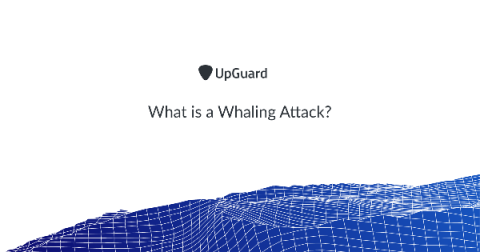Security | Threat Detection | Cyberattacks | DevSecOps | Compliance
Cyberattacks
What is a Smurf Attack?
A smurf attack is a type of DDos attack that aims to create high traffic on your network and harm your organization. Read more to learn how you can avoid such attacks. What is a smurf attack? A smurf attack is a type of DDoS attack that consumes the essential resources of your network through the utilization of ICMP Echo mechanism. In other words, an attacker tries to flood a server with ICMP packets in order to render it inaccessible.
How to harden your employees from the massive social engineering threat
Social engineering is the art of human deception. In the world of cybersecurity, it’s how to fool human beings in order to conduct cyber attacks. Some of these cyber attacks can be very expensive to your business! In fact, many of the worst cyber attacks to your organization’s network start with fooling you or one of your employees. Penetrating a network without human interaction is really tough.
Understanding cyber attacker motivations to best apply controls
Implementing a risk based security program and appropriate controls against adaptive cyber threat actors can be a complex task for many organizations. With an understanding of the basic motivations that drive cyber-attacks organizations can better identify where their own assets may be at risk and thereby more efficiently and effectively address identified risks.
Avoiding SMB Rate Limits During Authentication Attacks
During a penetration test, it's not an uncommon practice for a penetration tester to launch a password attack against Active Directory. Many times this password attack uses a list of domain user accounts that were enumerated or even just a list of potential domain user accounts that were generated randomly. Many penetration testers will either perform just a single password attack or at least 2-3 attempts, depending on domain's password lockout policy is set to.
What is a Whaling Attack?
A whaling attack is a type of phishing attack that targets high-level executives, such as the CEO or CFO, to steal sensitive information from a company. This could include financial information or employees' personal information. The reason whaling attacks target high-ranking employees is because they hold power in companies and often have complete access to sensitive data.
Top 5 Harmful Cyber Threat Types
Cybersecurity threats are evolving and the IT industry is on high alert. Modern cyber threats are more sophisticated and fast such as malware, phishing, cryptojacking, and IoT threats. The major cyber-attacks in 2019 witnessed that cybersecurity defenses were inefficient to prevent cyber threats altogether. The situation will even prevail in 2020. However, mitigation strategies can help to minimize the chances of data breaches.
The Biggest Cyber-attacks in 2019
Over the past couple of years, cyber-attacks have been increasing both in frequency and sophistication. 2019 also witnessed a surge in cyber-attacks and many companies were suffering a huge financial and reputational loss. According to CISCO, DNS hijacking and targeted malware were the serious cyber threats of 2019, along with various others. Cyber pests were using various tools to capture data and evade detection, from Remote Access Trojans (RATs) to hide threats in encrypted traffic.
What is Real Time Cyber Attack Map?
Real time cyber attack maps offer us an insight on the attacks going on around the globe. They sure are eye candies, but do they have any use? Read our article to learn more. Although their extent, kind and intent changes, one thing about cyber attacks remain the same: They never stop. At any given moment, there are hundreds of cyber attacks happening.
Using Splunk Attack Range to Test and Detect Data Destruction (ATT&CK 1485)
Data destruction is an aggressive attack technique observed in several nation-state campaigns. This technique under MITRE ATT&CK 1485, describes actions of adversaries that may “..destroy data and files on specific systems or in large numbers on a network to interrupt availability to systems, services, and network resources. Data destruction is likely to render stored data irrecoverable by forensic techniques through overwriting files or data on local and remote drives”.







